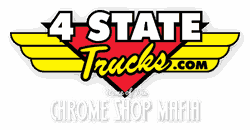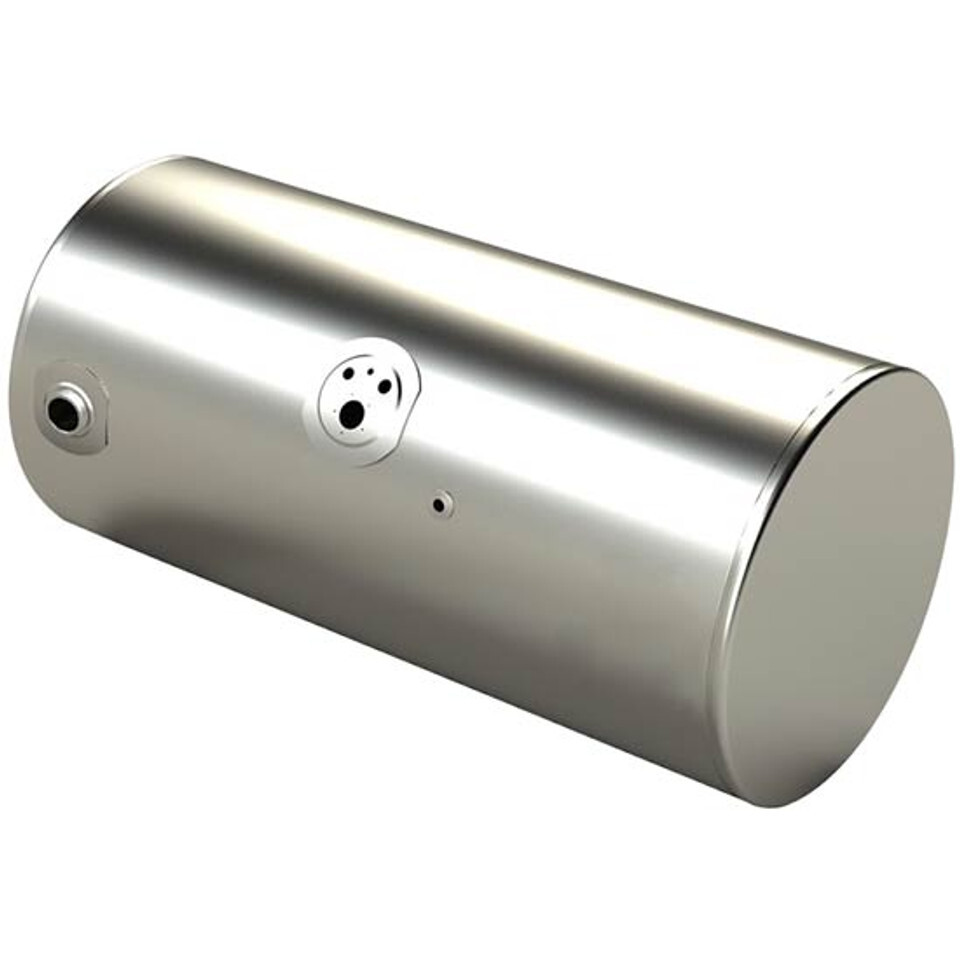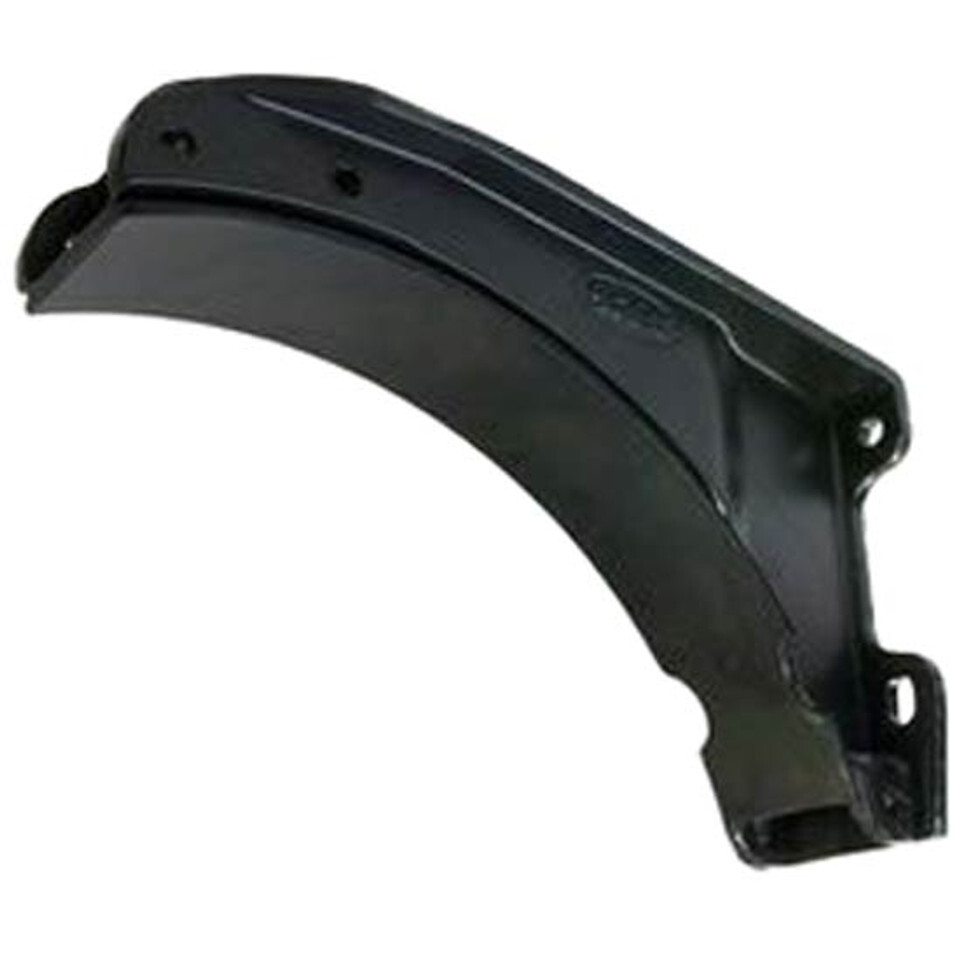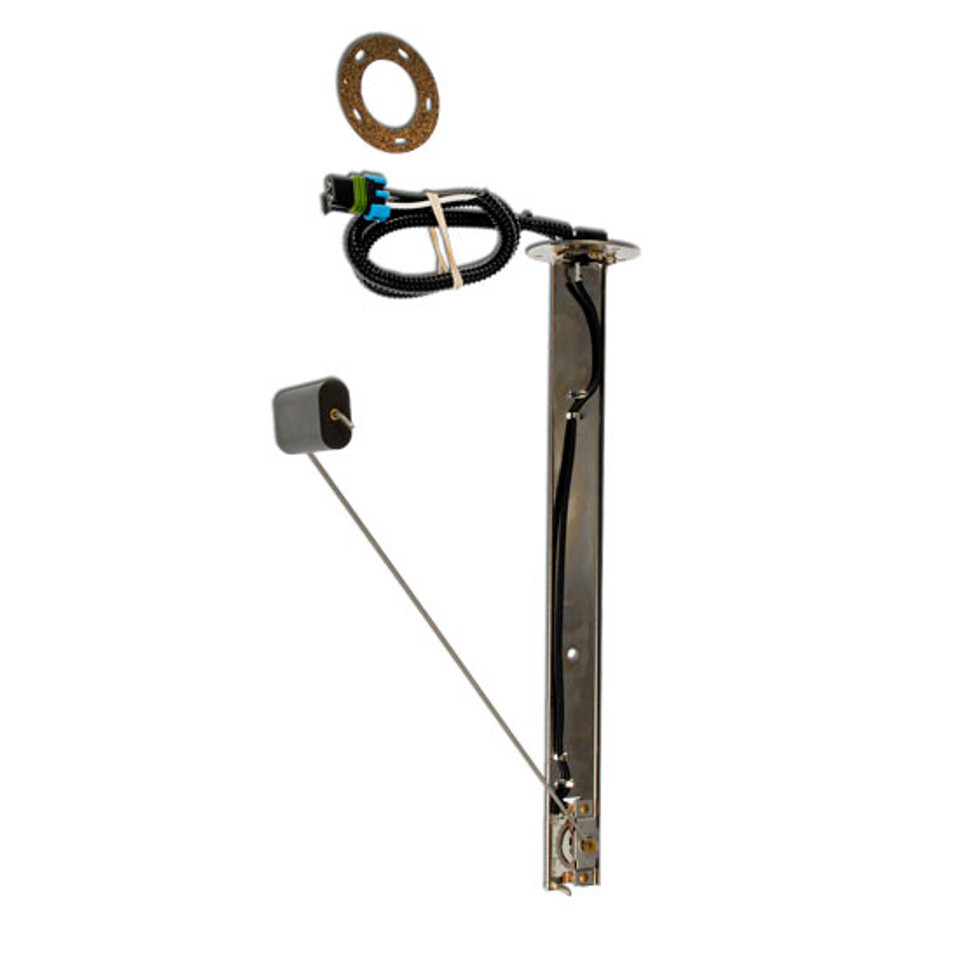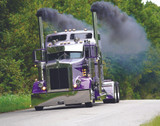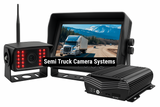Fuel Tank Measurements To Take Before You Replace Your Tank
If you’re thinking about upgrading your semi truck’s fuel tank for a larger gallon-size and more fuel storage capacity - or you’re just replacing an OEM diesel fuel tank with an aftermarket brand, there’s one thing you need to know: fuel tank measurements!
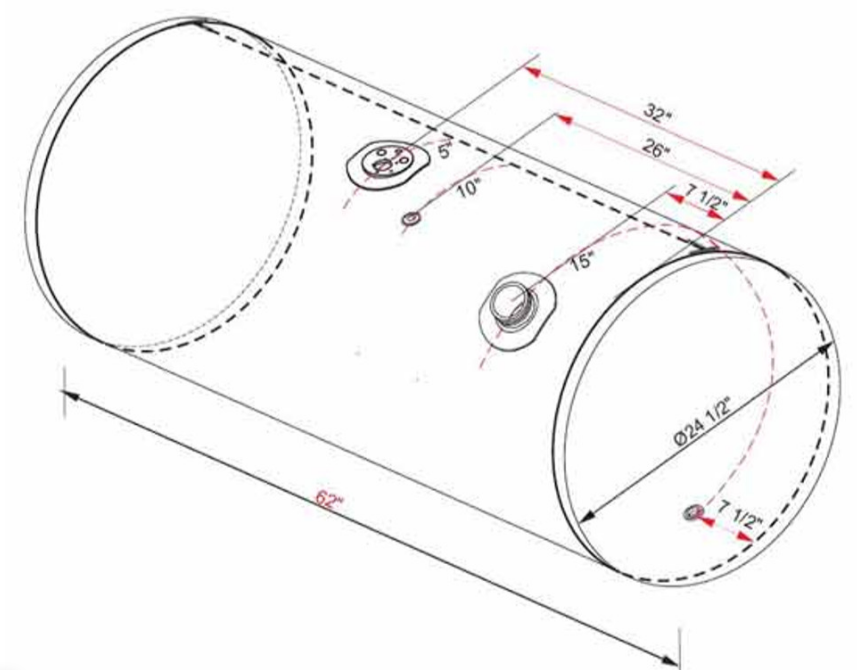
Top Fuel Tank Specs to Consider Before Upgrading:
- Type of Manifold
- Old or New Style Tank
- Diameter and Length
- Rear or Front Fill
- Inches From Filler Neck to Drain Point
Without the right size measurements, you’ll end up with nightmare scenarios like fuel line connectors that are too short. New brackets and straps that are correctly sized to secure your tank.
While you’re getting your new tank installed, it’s the best time to add some additional accessories and future-proof your fuel storage for anti-theft protection or aesthetic appeal (wraps).
Fuel Tank Measurements 101 — What You Must Know Before Upgrading
Old Style vs New Style Manifold
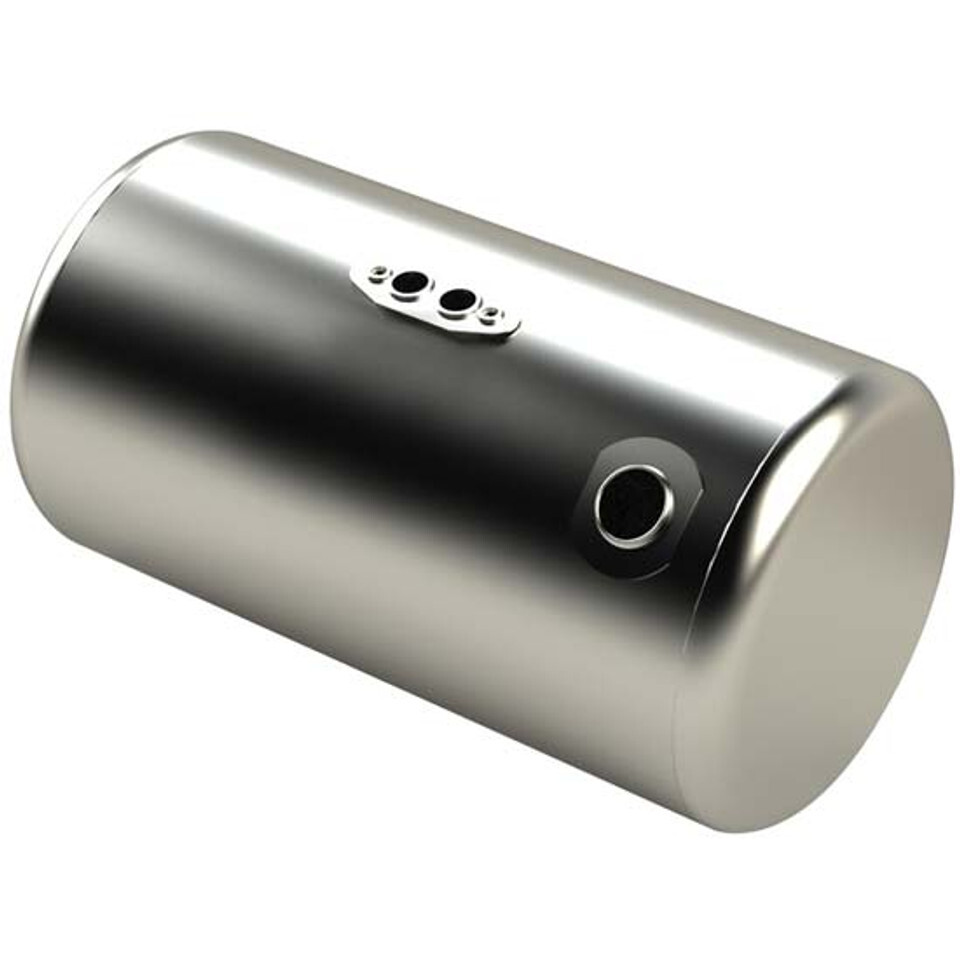
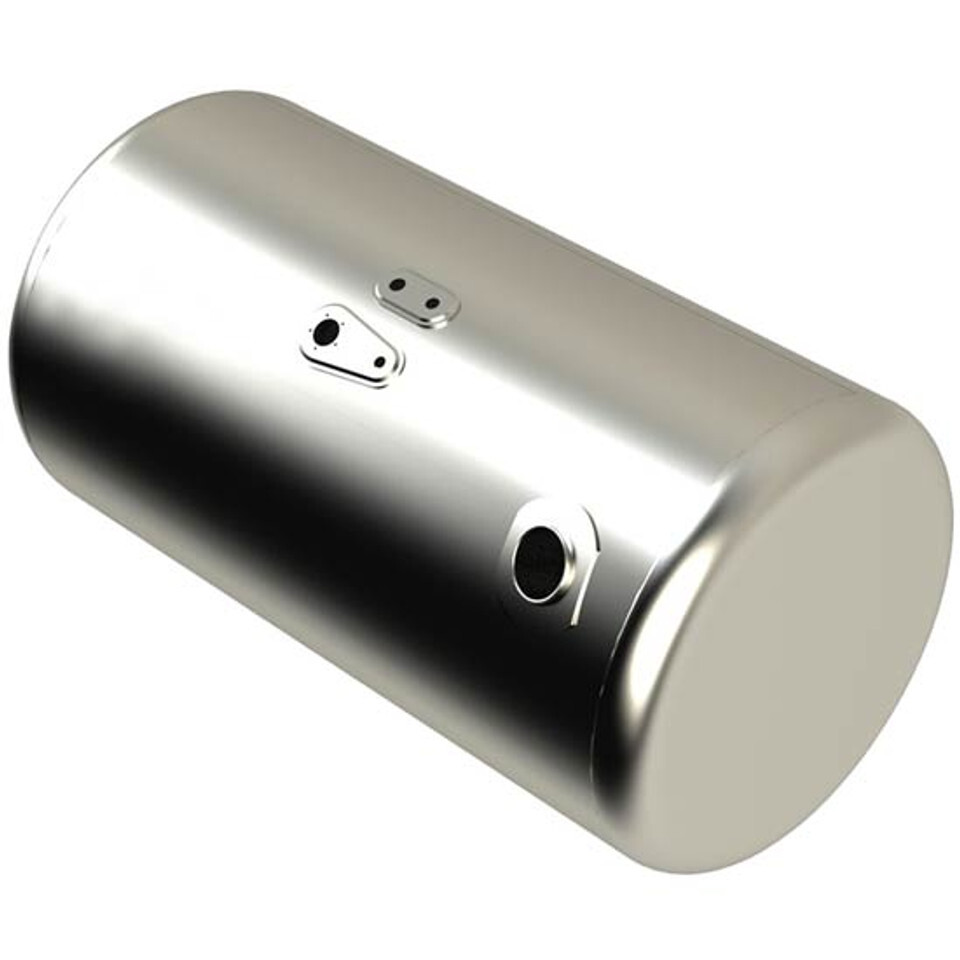
Front Fill vs Rear Fill Location
Easy and straightforward. You can figure this out by simply looking at where your filler neck placement is - either near the front or the back of the tank and seeing the old or new style of manifold (the fill holes are closer together on the newer style).
The placement of your filler neck impacts your fairing cutouts and general fueling convenience.
Inches from Tank End to Filler Neck and Drain Points
Measure from the seam to the filler neck and from the seam to the drain.
If it’s accurate, you won’t have any problems with fuel line hose lengths connecting.
Diameter and Length of the Tank
Look at the diameter (width) of your tank’s end. This will determine the bracket size and radius (arc) needed to get a secure fit.
- Standard sizes (23", 26") and how diameter affects capacity and bracket fit.
Tank Capacity (Gallons)
Get the right gallon capacity. It goes without saying, getting a gallon size that is far too big or too little for your truck can affect your route and refueling strategy on the job.
Upgrading Fuel Tank Mounts — Brackets, Straps, and Rubber Isolators
Moving and Replacing Upper and Lower Fuel Tank Brackets
When you upgrade to a larger fuel tank size, you’re going to need appropriately sized moving brackets on the frame to keep your fuel lines and diesel from experiencing excess turbulence on the road.
Matching Bracket Radius to New Tank
- Radius sizes differ between tank diameters — critical to match correctly.
Replacing Your Straps and Rubber Isolators
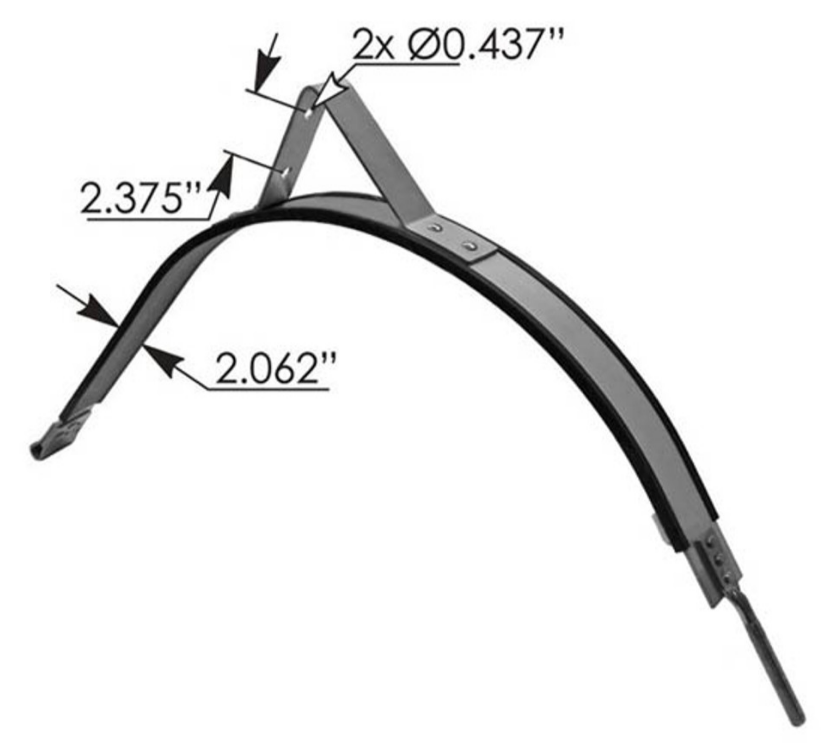
- Wider tanks = wider or longer straps.
- Always replace the isolating rubber on the J-bracket and strap for durability and vibration control.
Fuel Line Extensions and Manifold Considerations
Extending Fuel Lines (Supply and Return)
Measure from the seam to the drain point to make sure your fuel line extensions are long enough to connect!
Various tank setups will require you to buy long fuel line hoses. Sometimes your filler neck may have a fairing on it or a center fill where the fairing cut out is far away from the filler neck.
What Type of Manifold Do You Have?
This is critical to understand.
- Kenworth: multiple location options that could have a 21" or 23"
- Peterbilt: old style vs new style 22" or 26"
- Freightliner (Century, Classic, Cascadia): manifold size varies greatly.
Choosing the Right Fuel Sender Unit and Gauge Compatibility
Magnetic vs Electric Fuel Sender
Your fuel sender unit is what measures the fuel level in your tank. The specific type of sender you need is determined by whether or not it’s compatible with your gauges.
If you have a magnetic style sender, it goes with an electric gauge. If you have a ma
If you get a larger tank with a larger diameter, you need a larger sender. Right? Otherwise it won’t dip down far enough into the tank to accurately measure the fuel level.
Must-Have Fuel Tank Accessories to Add During the Upgrade
Choosing the Right Fuel Tank Cap
If you’re adding a new tank, why not throw in a secure, anti-tamper semi truck fuel tank cap to give it some extra protection.
- Locking Cap: theft and tamper prevention mechanism that can have twist lever cap lock
- Non-Locking Cap: simple push and twist caps that are easy to use
- Vented Cap: prevents pressure build-up via vapor release
Anti-Siphon Protection Tubes
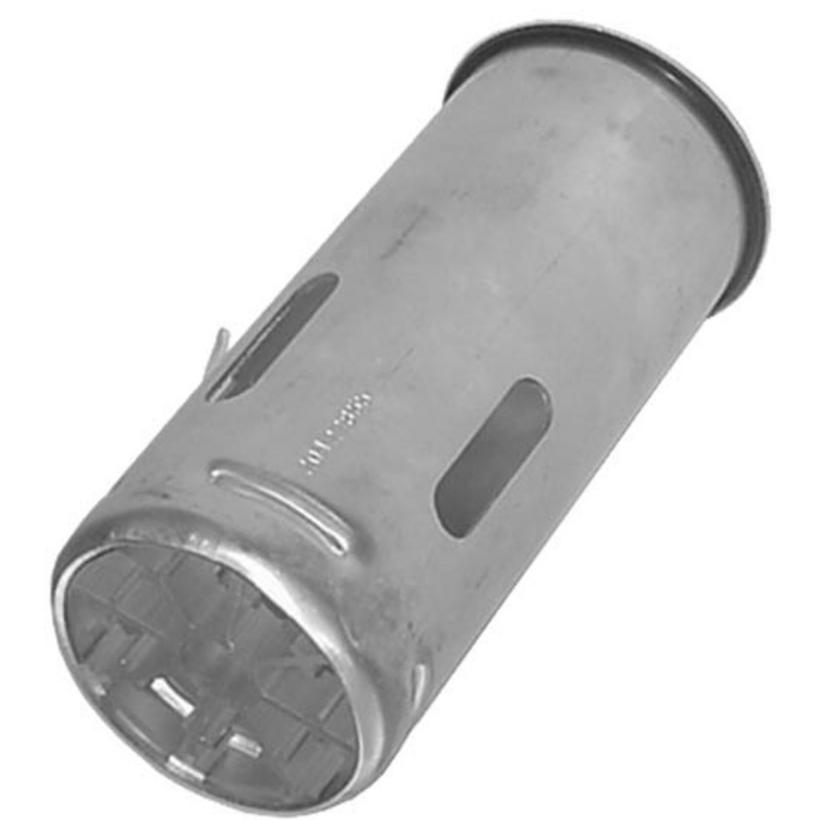
Consider installing anti-siphon tubes inside the filler neck, like the Leak Defender for Peterbilt, Freightliner, or Kenworth. These cool gadgets basically prevent anyone from stuffing a hose down into your tank. If they do, they hit a solid barrier and can’t get any fuel out.
Fuel Tank Accessories for Better Protection and Better Looks
Aluminum fuel tanks can be painted, polished for a shinier appearance, or covered with an aftermarket vinyl wrap that mimics the appearance of stainless steel for a cohesive visual theme on your truck’s exterior.
Stainless steel J-bracket covers can smoothen the rough edges of truck's protruding J-brackets underneath the tank. Or add some fuel tank cap ends to give a smooth, sleek appearance to any rough edges.
Throwing in some truck trim steps on your tank can add to the functionality and style of your truck.
Why Getting the Right Diesel Tank Measurements Matters
Upgrade your fuel tank efficiently and effectively. No more wasted time and energy. How? Get the right measurements first and foremost. When you do, it’ll save you so much headache.
Explore your options online and choose from quality aftermarket or OEM-equivalent parts that come with a warranty. Our team at 4 State Trucks can help you find the perfect fuel tank for your semi truck.
Recent Posts
-
The Ultimate Guide to Custom Semi Truck Upholstery (Everything You Need to Know)
Almost any custom show truck prioritizes quality interior upholstery material and stitch design, be …16th Dec 2025 -
What Does the FASS Fuel System Do?
Want to protect and clean your diesel fuel system in one go? The FASS (fuel air separation system) i …12th Dec 2025 -
Semi Truck Muffler Guide
Need to lower your exhaust and engine noise, but aren’t sure what muffler to get? We offer Pittsburg …5th Dec 2025 -
Custom Underglow Light Setups on Semi Trucks
If you're looking for a way to dramatically enhance the look and presence of your semi truck at nigh …28th Nov 2025 -
Common Myths and Mistakes When Buying Aftermarket Semi Truck Parts (Ultimate Guide)
Cost, convenience, and make/model fitment are the top priorities when it comes to buying aftermarket …18th Nov 2025 -
Haul of Fame: Tony's Custom Retro W900 Kenworth
Tony Huttenstine is a seasoned owner-operator. Over the years, he has poured enormous time, money, a …14th Nov 2025 -
The 13 Best Christmas Gift Ideas for Truckers
Some of the best gifts for truck drivers are accessories that help make their job easier. Truckers s …11th Nov 2025 -
Best Semi Truck Camera Systems (Buyer's Guide)
Backup cameras can be a downright lifesaving accessory for truck drivers. But with countless commerc …7th Nov 2025 -
The 85-Year History of Peterbilt Trucks (Quickly Summarized)
Peterbilt: A Legendary Name in American Trucking A fast, engaging history—from WWII logging ingen …31st Oct 2025 -
The Best Steering Wheel Spinner Knobs for 2025
It's a small, affordable accessory that drivers love. Yup. We're talking about semi truck spinner kn …24th Oct 2025
